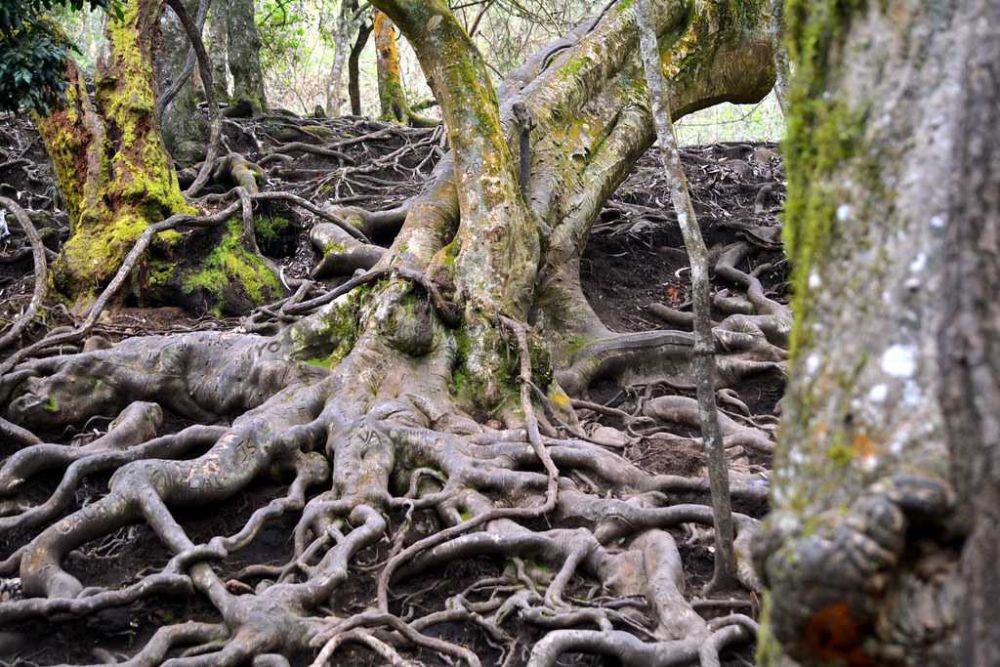

Kodaikanal, one of the most popular hill stations in the Indian state of Tamil Nadu, is home to the intriguing Guna Caves also locally known as Devil's Kitchen. Historically, Kodaikanal was established as a retreat from the high temperatures and tropical diseases of the plains by American Christian missionaries and British bureaucrats in 1845. However, the lesser-known Guna Caves gained significance and entered the tourism spotlight after the release of the eponymous Tamil movie "Guna" in 1991.
The Guna Caves, originally formed by the erosion of soil around large, ancient rocks, were first known only to the local inhabitants and a few adventurous travelers. After the movie's release, the location was rebranded from Devil's Kitchen to Guna Caves, drawing the attention of cinephiles and tourists alike to these natural caverns.
The caves' mysterious and slightly sinister allure—bolstered by local legends—began to draw more visitors. This curiosity helped to spur tourism development in the surrounding areas, leading to improved accessibility and facilities for those seeking to explore the natural wonders of Kodaikanal.
With increased tourism, concerns about the preservation of the site also arose. To protect the fragile ecosystem around the Guna Caves, local authorities implemented measures to ensure the sustainability of tourism. This included restricting direct access to the caves themselves, as they are deep and dangerous crevices. Visitors can still enjoy the mystic ambiance and the surrounding pine forests from a safe distance, creating an adventure that is both thrilling and secure.
In recent years, Kodaikanal and the Guna Caves have seen a shift towards eco-tourism and sustainable practices. Tourists are now more interested in experiencing the natural environment responsibly, with an emphasis on minimizing their carbon footprint and preserving the pristine beauty of the region.
Moreover, the rise of social media has made the Guna Caves a popular spot for photography enthusiasts. The serene and unique landscape provides an ideal backdrop for nature photography, attracting a new demographic of travelers who seek the perfect shot for their social media profiles.
Despite the restrictions in place to protect the Guna Caves, tourism continues to thrive here, with visitors drawn by the natural beauty, cultural significance, and cinematic fame of the site. As Kodaikanal's tourist infrastructure evolves, the caves remain a fixture on the itinerary of travelers seeking the intrigue and mystique of this historical and natural attraction.